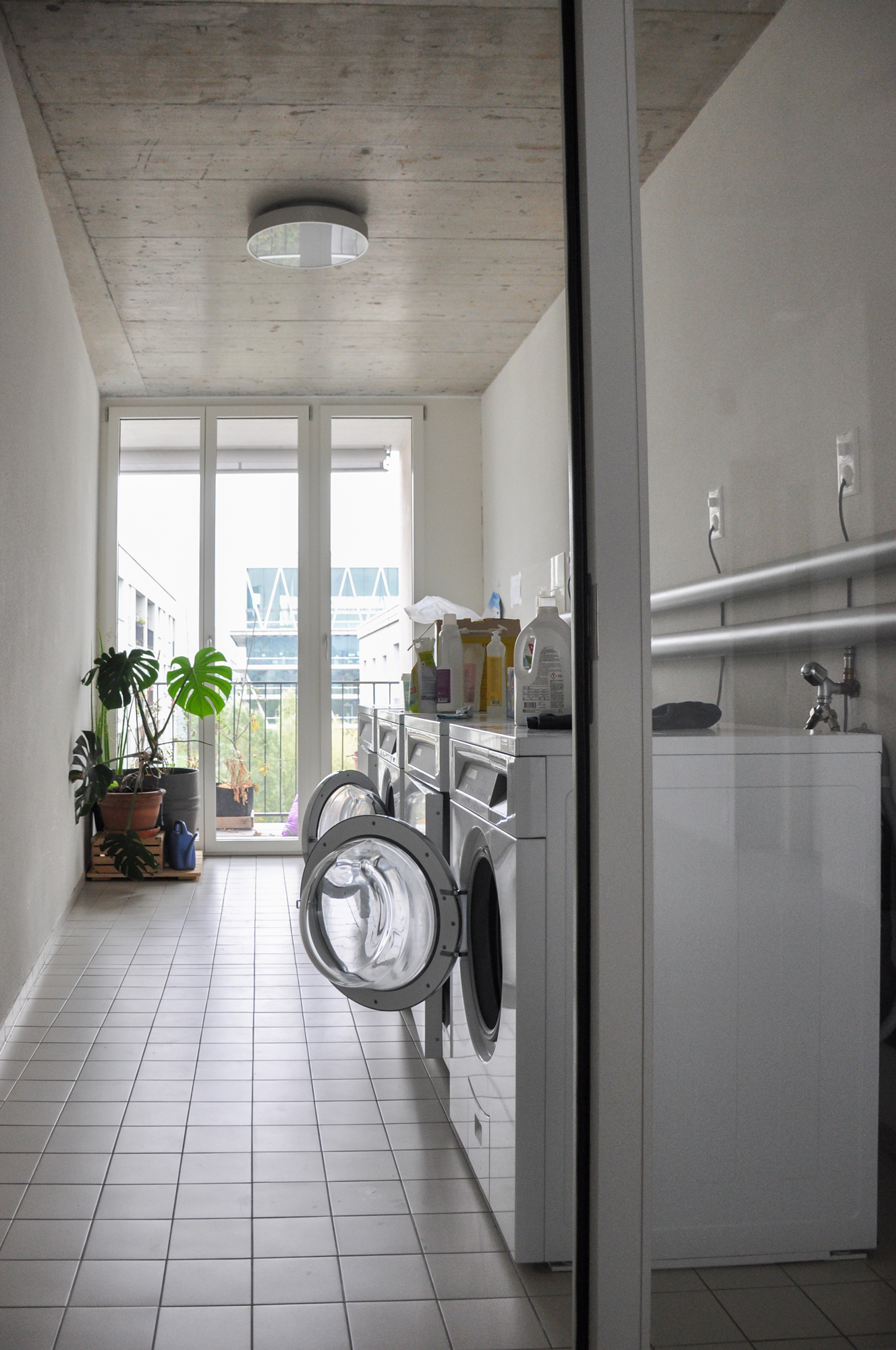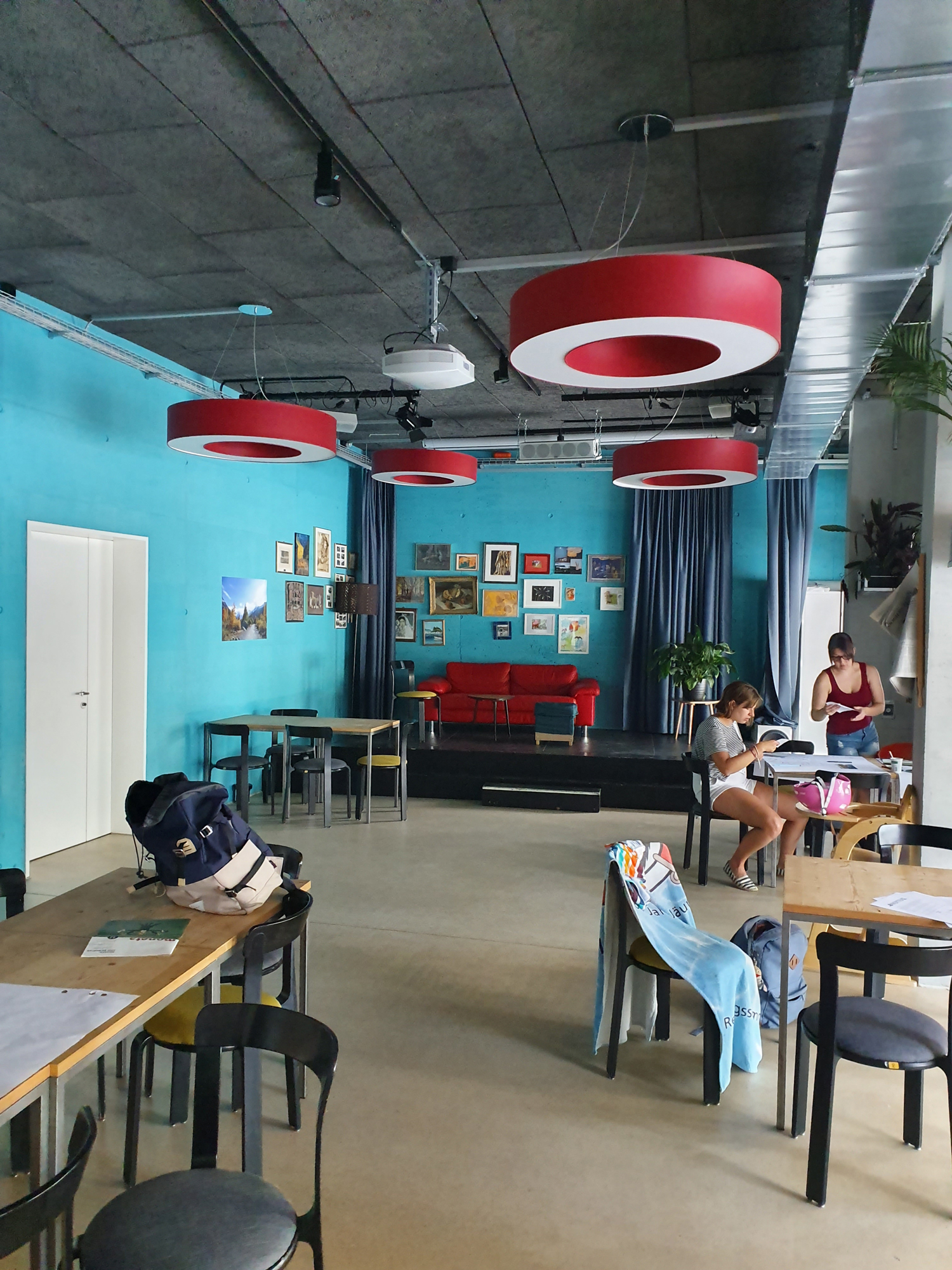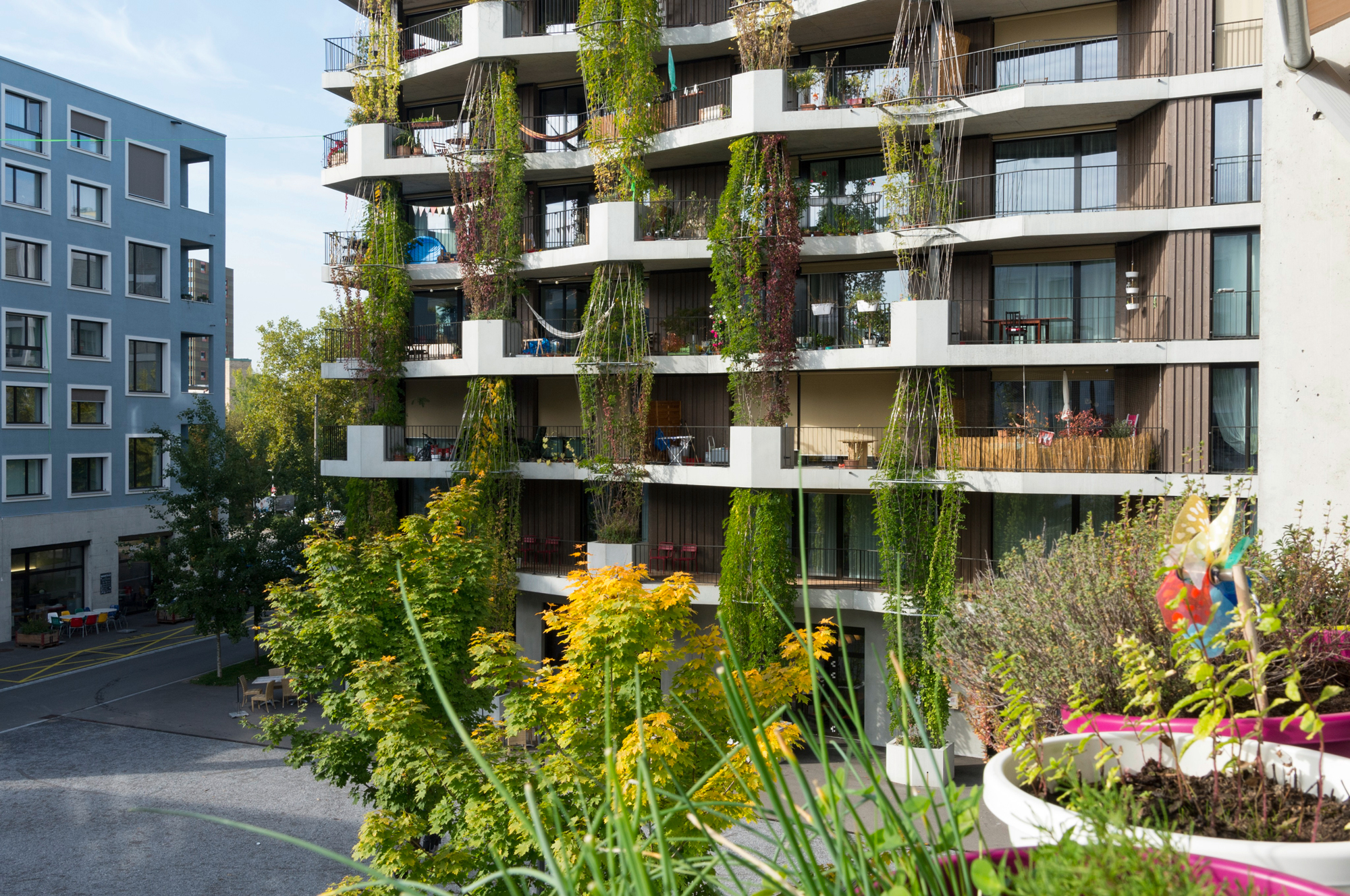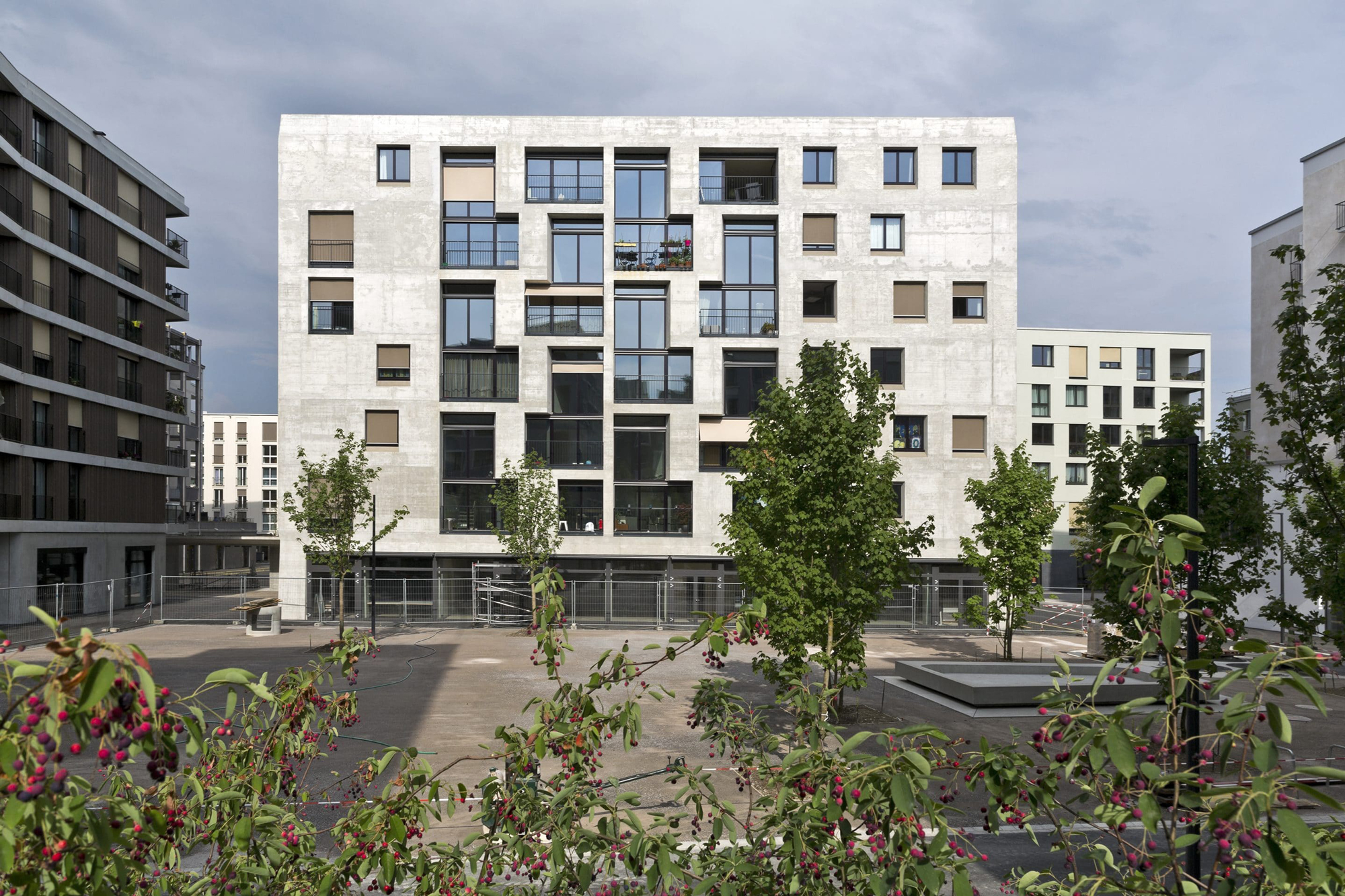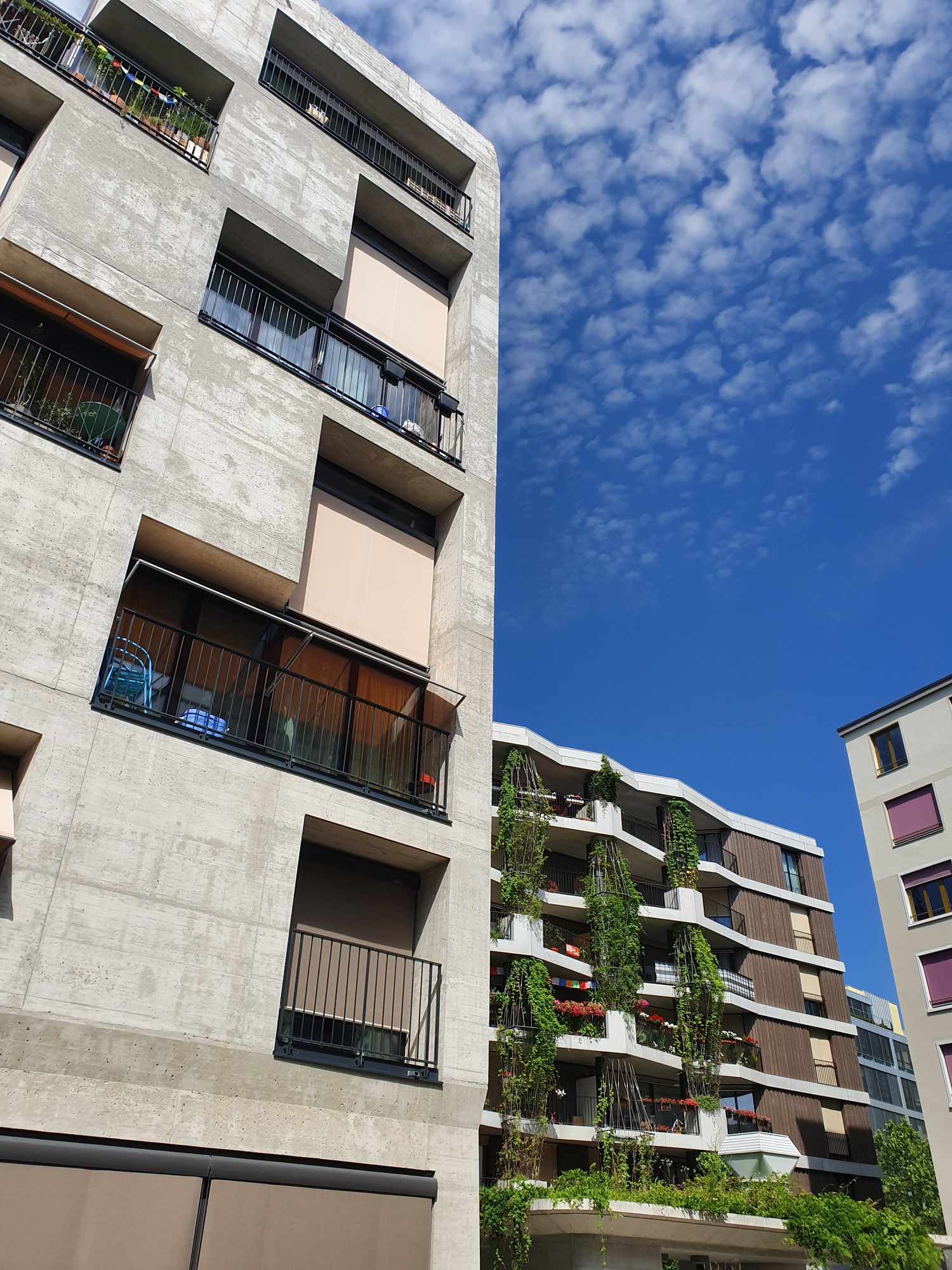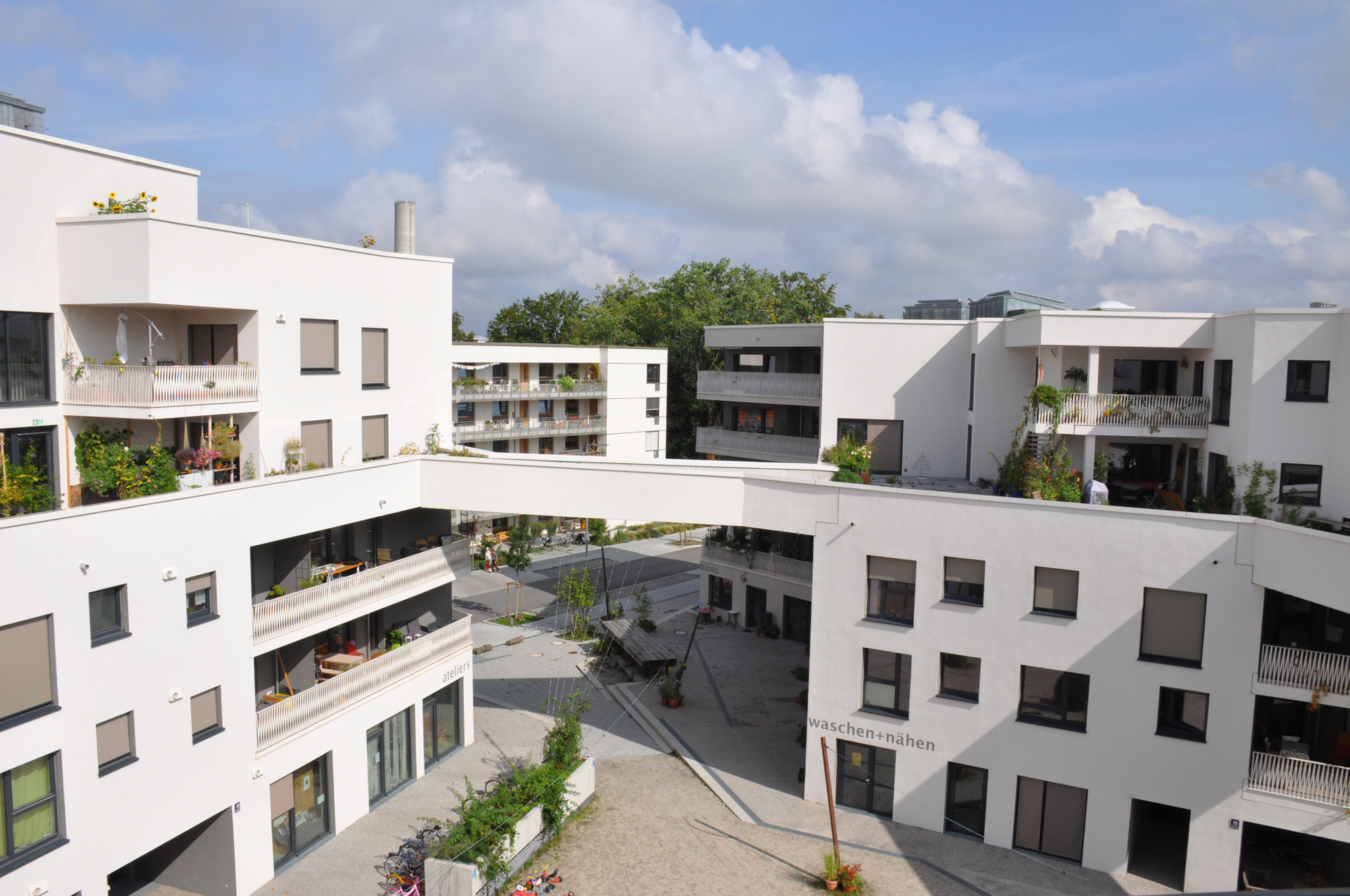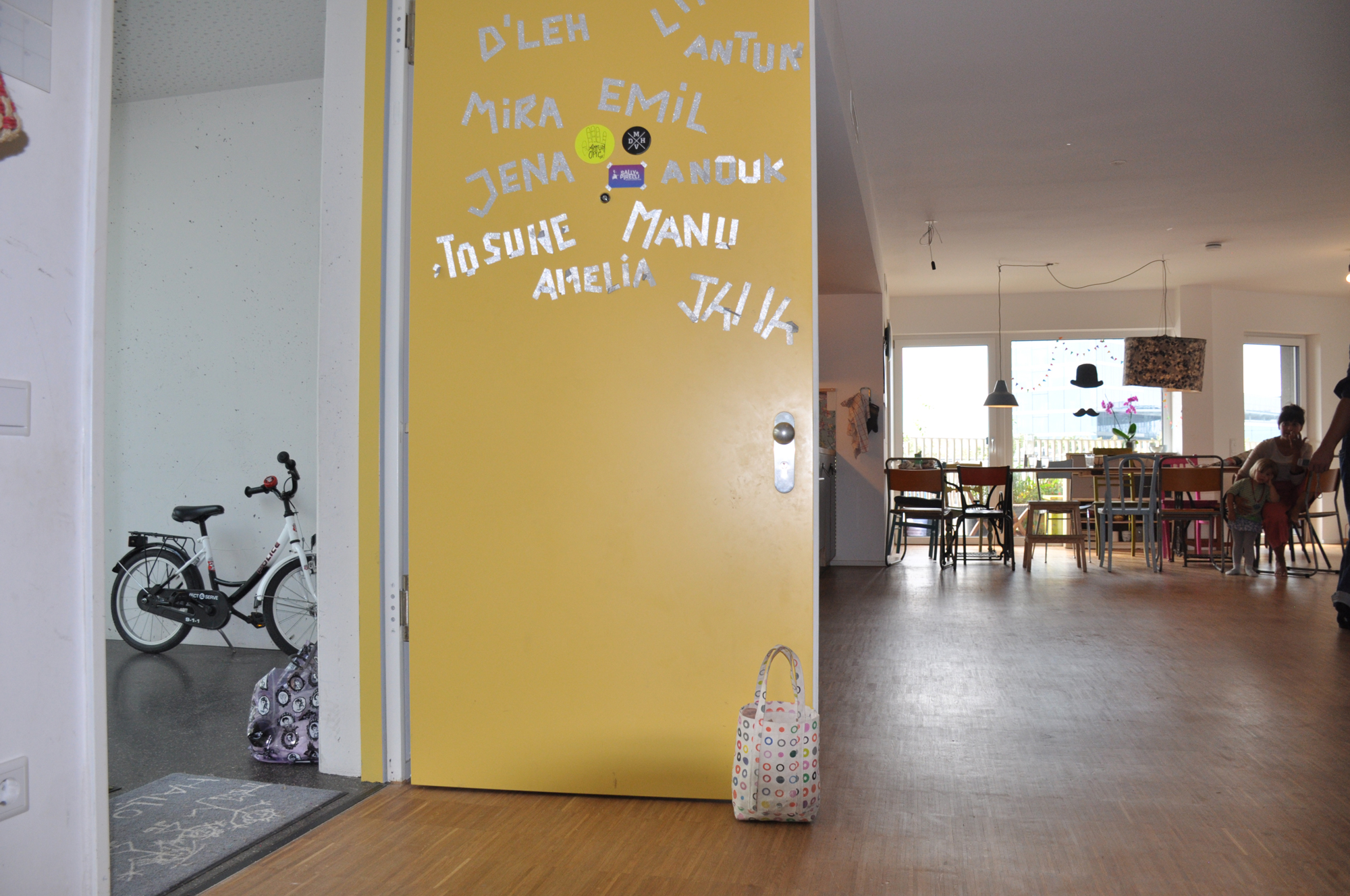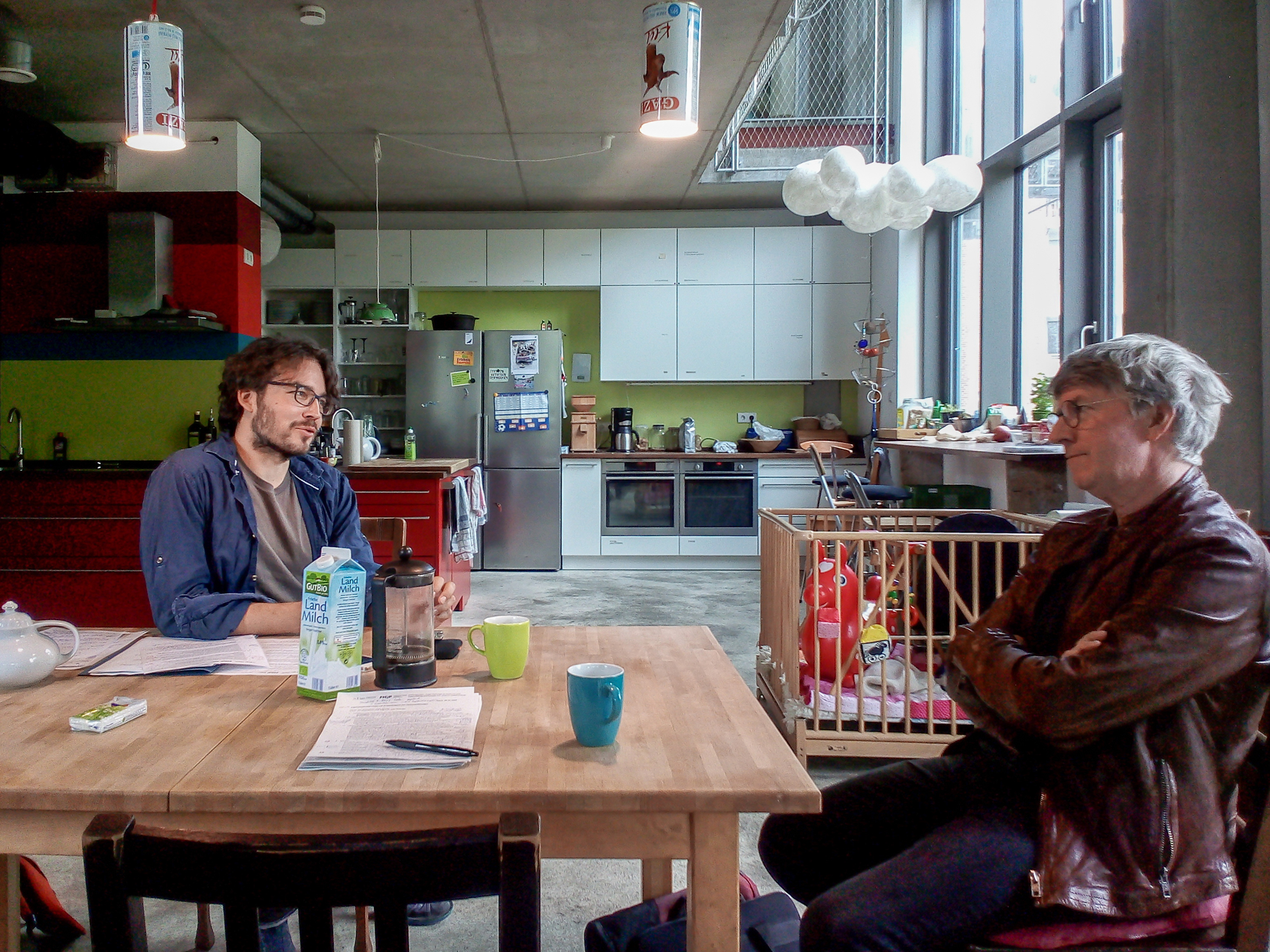Practising solidarity in Europe’s housing co-operatives
Housing co-operatives offer a way to pursue quality of life at an affordable price: even the United Nations considers them a necessary approach to address global housing challenges. But what is a housing co-operative? Manuel Lutz tells us how co-operatives came to exist in the German-speaking Europe, how they operate in contemporary world, and what lessons they can offer us.
In 2012, the United Nations Secretary-General Ban Ki-moon stated: “Co-operatives are a reminder to the international community that it is possible to pursue both economic viability and social responsibility.” Increasingly, they are considered a suitable – even necessary – approach to address global challenges, and achieve sustainable development.

Since 2016, the German co-operative model has been recognised on the UNESCO’s Intangible Cultural Heritage list. The basic idea is to pool the small resources of many into a non-profit company, whose sole aim is to provide products to the benefit of its members. There are many forms of co-operatives, ranging from food trade to artisans and wineries; however, this rationale is of particular interest for housing. One could say that housing co-operatives prioritise the use value of housing over its exchange value: profit is not the objective.
In the current crisis of housing affordability, co-operatives show potential to square the circle of affordability and quality, combining low cost with high quality of living.
Historically, housing co-operatives emerged in the 19th century as a self-help response to the housing crisis: workers, craftsmen and employees set up co-operatives, often supported by local governments, philanthropic organisations or socially responsible employers. This model of housing production has received renewed focus in the German-speaking countries. In the current crisis of housing affordability, co-operatives show potential to square the circle of affordability and quality, combining low cost with high quality of living. In a very pragmatic way, they combine the best of the dominant forms of tenure, offering lower entry costs and flexibility of rent, but also the stability and autonomy of home ownership. Members acquire shares in the co-operative, and in turn receive a lifelong security of tenure, which can even be passed onto children. The rent is set to cover the costs of building and maintenance, but nothing more; in practice, rents are not only secure, but likely to decrease over time. Members can exit and sell their shares, but only to other members; the value is paid back with interest, but speculative profit cannot be individualised.
This marks a defining difference to homeowner associations like the popular model of Baugruppen (building groups). Although Baugruppen similarly pool resources and self-govern shared property, they emphasise individual ownership and individual gains over community interest. This makes them more vulnerable to neglect or loss of common interest over time. In contrast, co-operative members are shareholders of the housing company that they produce, use and manage together – and each member has one vote only, irrespective of how many shares they acquired. Housing co-operatives, therefore, have an inbuilt emphasis on democracy, equality and solidarity within a long-term, stable community.
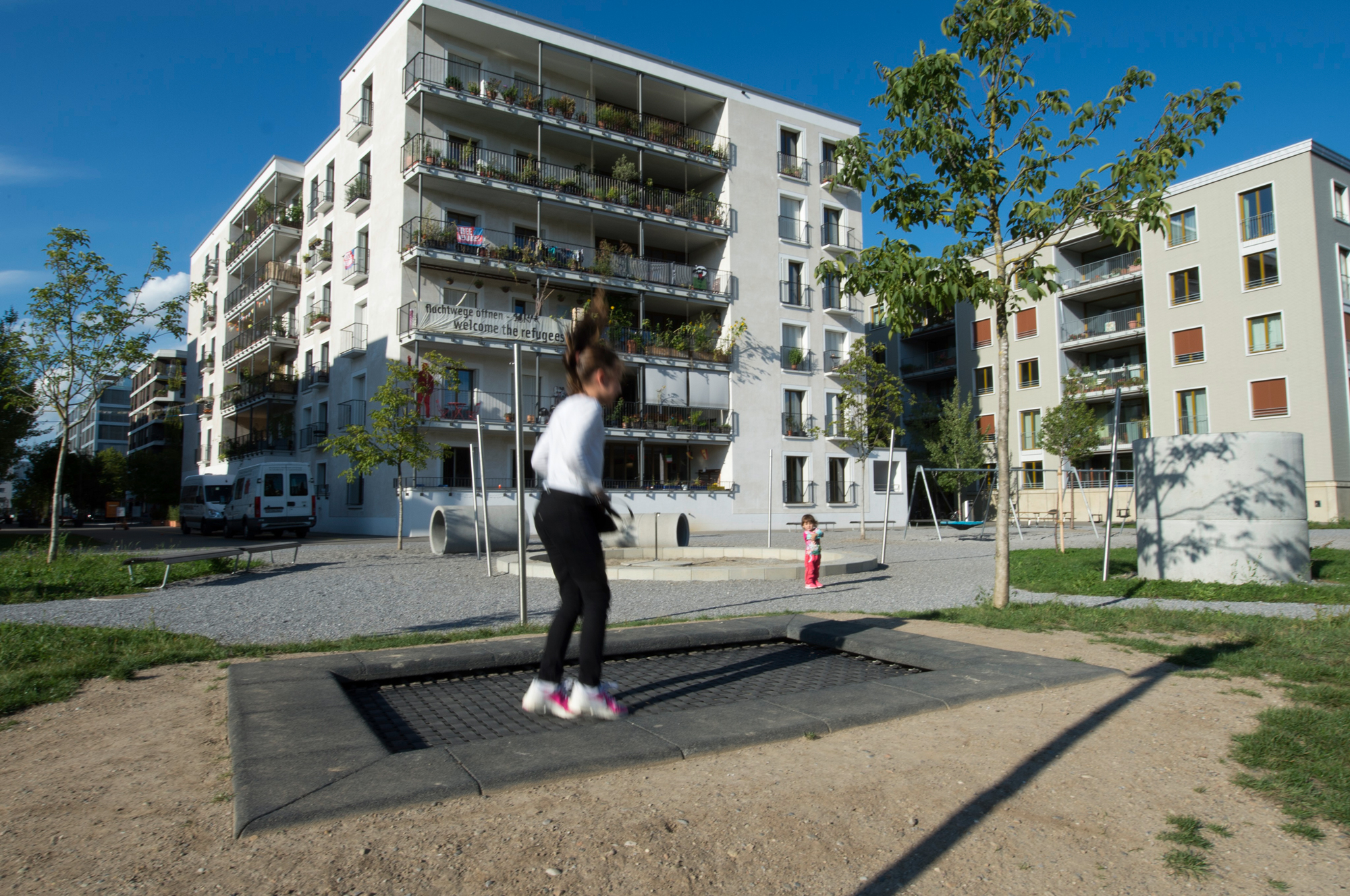
Housing co-operatives are by now a well-established form of tenure in the German-speaking countries, acknowledged for producing durably affordable rents (on average, below market rent) and stable neighbourhoods. Governments consider them alongside rent and home ownership as the third pillar of housing policy. Statistically, however, although co-operative housing is a form of home ownership it is commonly counted among rental housing. Co-operative housing, therefore, contributes to the strong role of rent as a form of tenure in Germany (55%), Switzerland (62%) and Austria (43%). In Germany, cooperative housing makes up 10% of rental housing units and 5% of total housing units, providing housing for circa 5 million people. Similarly, in Switzerland, co-operatives make up 5% of all housing units. The relative share of co-operatives is even higher in Austria, where 15% of all households live in co-operative and similar non-profit housing.
Housing co-operatives are by now a well-established form of tenure in the German-speaking countries, acknowledged for producing durably affordable rents (on average, below market rent) and stable neighbourhoods.
In all three countries, co-operatives are a predominantly urban phenomenon, made up of mostly multi-storey buildings. In cities, co-operatives can play a strong role in the housing market: in Vienna and Zurich, they comprise almost one quarter of the housing stock. The share is lower in German cities (14% in Hamburg, 10% in Berlin, and 4% in Munich), though some come close, like Dresden (at 20%).

Amid a widespread affordability crisis, the German federal government has recently declared housing co-operatives an indispensable partner in realizing affordable rents. This political expectation is shaking up a market sector that has been somewhat dormant for the last 20 years, as many policymakers considered it negligible. In Germany, housing co-operatives had lost their special legal tax-relevant status as ‘non-profit housing for the common good’ in 1989. As a result, the majority of the 2000 German housing co-operatives have since focused on maintaining, rather than expanding, their stock, and have been preoccupied with ageing buildings and ageing tenants. Today, most old (so-called ‘stock’) co-operatives are a closed shop, with long waiting lists. Of all the new housing units built in Germany between 2009 and 2011, only approximately 6% have been built by co-operatives.
At the same time, small housing co-operatives [equivalent to co-housing projects in Australia – ed.] have emerged in many cities, usually initiated by local groups eager to collaboratively create affordable and sustainable housing. However, these new, small co-operatives face rising building costs and scarcity of available and affordable land, especially in big cities, where the demand is the strongest. In addition, newly built housing is expensive, even for co-operatives: rents in such new projects are usually equal to the market average.
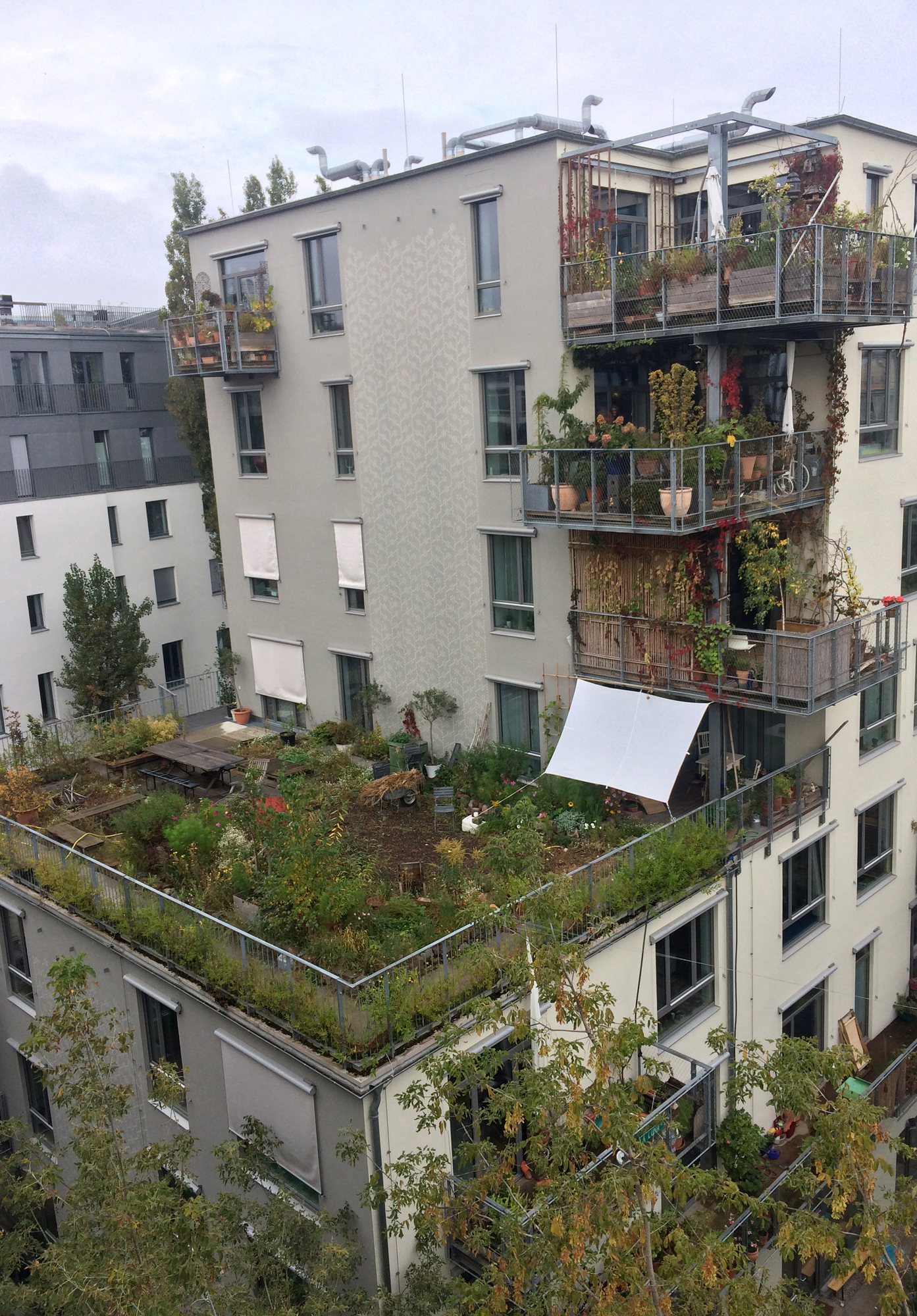
Unlike stock co-operatives, new co-operatives lack capital, and, as non-profit companies, they cannot compete with for-profit developers. The need for extra support is recognised: Germany offers some forms of funding, such as subsidies for social housing and specific loans for co-operatives, and – most importantly – access to land. Some cities have already started to allocate public land either with quotas for co-operatives, or according to the quality of the concept instead of the highest price. Overall, however, such promising policy interventions are still the exception, rather than the rule. Building new co-operative housing remains a challenge.
Despite these not-too-favourable conditions, some recent projects, such as Spreefeld in Berlin, wagnisART in Munich and mehr als wohnen in Zurich, offer a glimpse to how co-operatives can use the available resources from the state and their members to achieve state-of-the-art housing. Their shared aim is to provide mehr als wohnen – more than just housing.
These projects have all received prominent architecture awards for their innovative design, the ambitious and comprehensive process of participatory planning, and high quality of the neighborhoods created. They emphasise collectivity and dialogue in all phases of the project, planning, building, managing and living together.
All three feature a wide range of shared facilities: from gardens, laundry rooms and community spaces, to workshops, art studios and a sauna. They offer a variety of innovative apartment types that address changing lifestyles beyond the standard nuclear family; all three projects have pioneered the development of so-called cluster apartments, large apartments that balance the need for privacy with the desire for community and sharing. This holistic approach makes them considerably different to the bulk of mainstream market housing, which is shaped by profit expectations, leaving little space for experimentation.
Andreas Hofer, co-founder of mehr als wohnen, underlines the advantage of the co-operative model: such ambitious projects, he states, are feasible and sustainable only “when the investors are also the users”. Co-operatives rely on the accountability, engagement and capital of their members, who in turn receive affordable, sustainable and socially diverse housing, catered to their individual and collective needs. To build new housing affordable even to people on low incomes, the challenge is to find ways of reducing costs without reducing quality of living. A key strategy in these projects has been stronger emphasis on shared spaces (for instance, within cluster apartments). However, there are limits to how much (individual) space residents are willing to sacrifice. The co-operative structure is paramount for balancing tensions between collective and individual use of space.
Similar tensions need to be resolved around the question of how much the members are willing or capable to pay, in order to subsidise lower-income residents’ inclusion in the project. The financing model shapes the extent to which a co-operative can be socially inclusive and affordable, or has to be exclusive in order to be economically viable. All projects aim to purposely integrate social and low-income housing, but the overall aim is to ensure equality of members irrespective of their purchase power. In wagnisART rents range between 5.65 to 13 Euro per m2, but all units are of the same quality – be they social housing or privately financed by members.
Co-operatives are based on the core principles of self-help, self-responsibility and self-governance; the essential binding element is solidarity. Overall, these housing projects illustrate how noble principles are transformed into a viable practice of planning, financing, managing housing and living together. Offering a diversity of high-quality, affordable housing, these new housing co-operatives show what housing can be when it is developed by and for communities of users.
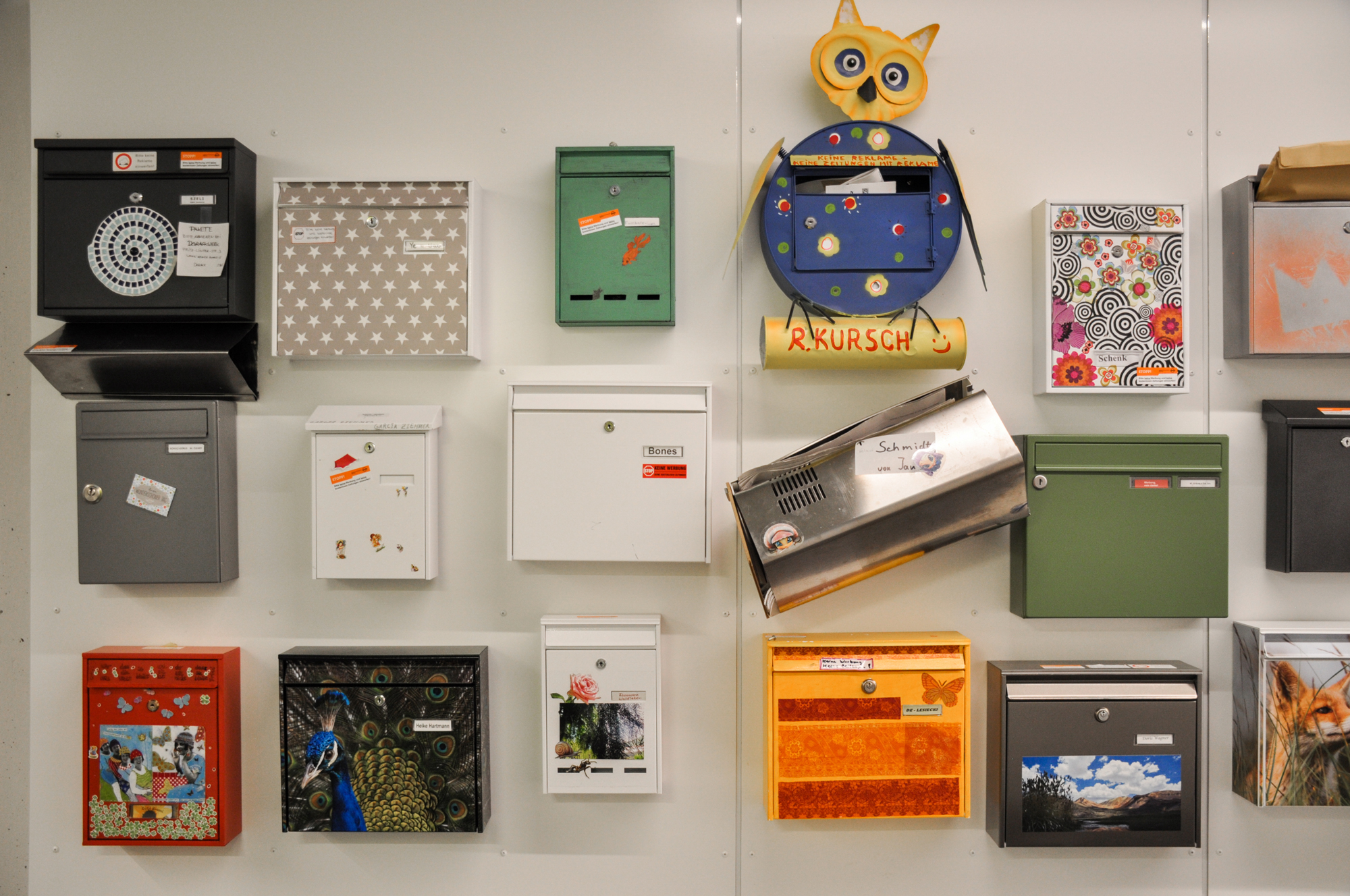
This article draws on research Manuel conducted as part of a collaborative research project of HTW Berlin and FH Potsdam on cluster apartments as new housing typology for urban resilience. The research was funded by the German Federal Institute for Research on Building, Urban Affairs and Spatial Development. If you want to get in touch with Manuel about co-operative housing, you can reach out to him here. This article also appears in the new Assemble Papers print issue #12: copies will be available all summer at MPavilion!

